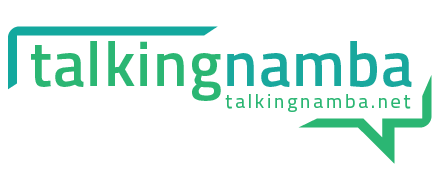Where are they now?
Recognises numbers to 10 in terms of their parts eg 8 is 6 and 2, 1 more than 7, 2 less than 10 ..)
Where to next?
Recognises teen numbers in terms of their ‘ten’ structure (eg 10 and 3 is 13)
Purpose
When students become familiar with ways in which different numbers add together, particularly if this knowledge is associated with mental images of objects, they are more able to perform rapid mental calculations.
Activities and Assessments (designed to move students from step 3 to step 4)
Win Two Ten-sticks
Focus: Building an understanding of the construction of teen numbers, with particular reference to the ten and ones structure.
How: Students take turns throwing a die, collecting the corresponding number of unifix or multilink cubes, and placing them along one of the ten-strips located in the ones column of the provided Tens and Ones table. If a strip is filled on a given throw, remaining cubes are used to start filling the second ten-strip. The cubes on the filled ten-strip are then immediately snapped together to make one ‘ten stick’ which is placed in into the tens column. The first student to make 20 or over is the winner. It helps if students keep a running total on a calculator, and continually check to make sure the digits on their calculators match the number of objects in the tens and ones columns of their table.
Double Ten frames Addition
Focus: Building an understanding of the construction of teen numbers, with particular reference to the ten and ones structure.
Teens and Ten strips
Focus: Building an understanding of the construction of teen numbers, with particular reference to the ten and ones structure.
How: Before the game begins, the teacher places a paper clip on a number, somewhere along the 10 to 20 number line. Players then take turns to create numbers between 10 and 20. A turn consists of a player spinning the top spinner, then placing the indicated number of unifix or multi-link cubes into the circle on the board. The player then spins the lower spinner, takes the indicated number of cubes and adds them to the collection in the circle on the board. The student then moves cubes from the circle to place them in the squares on the ‘ten-strip’. When the all the squares on the strip have a cube, the student counts how many cubes remainder in the circle. They then have to work out the total number of cubes on the board (the ten in the ten-strip plus the remainders in the circle). Teachers should encourage them to move on from counting by ones and rather to use the structure (1-ten and some remainders) to determine the total. Once the have the total, the student then locates than number on the bingo card and places one of their spare cubes (of an agreed colour) on to the corresponding number on the bingo card. The first student to get three cubes in a row (horizontally, vertically or diagonally) is the winner.
Assessment – What my number looks like
An appropriate number (for the stage of the student) is written in the centre of the sheet – the student then must try to make the number in a number of different ways (as indicated on the sheet.)
